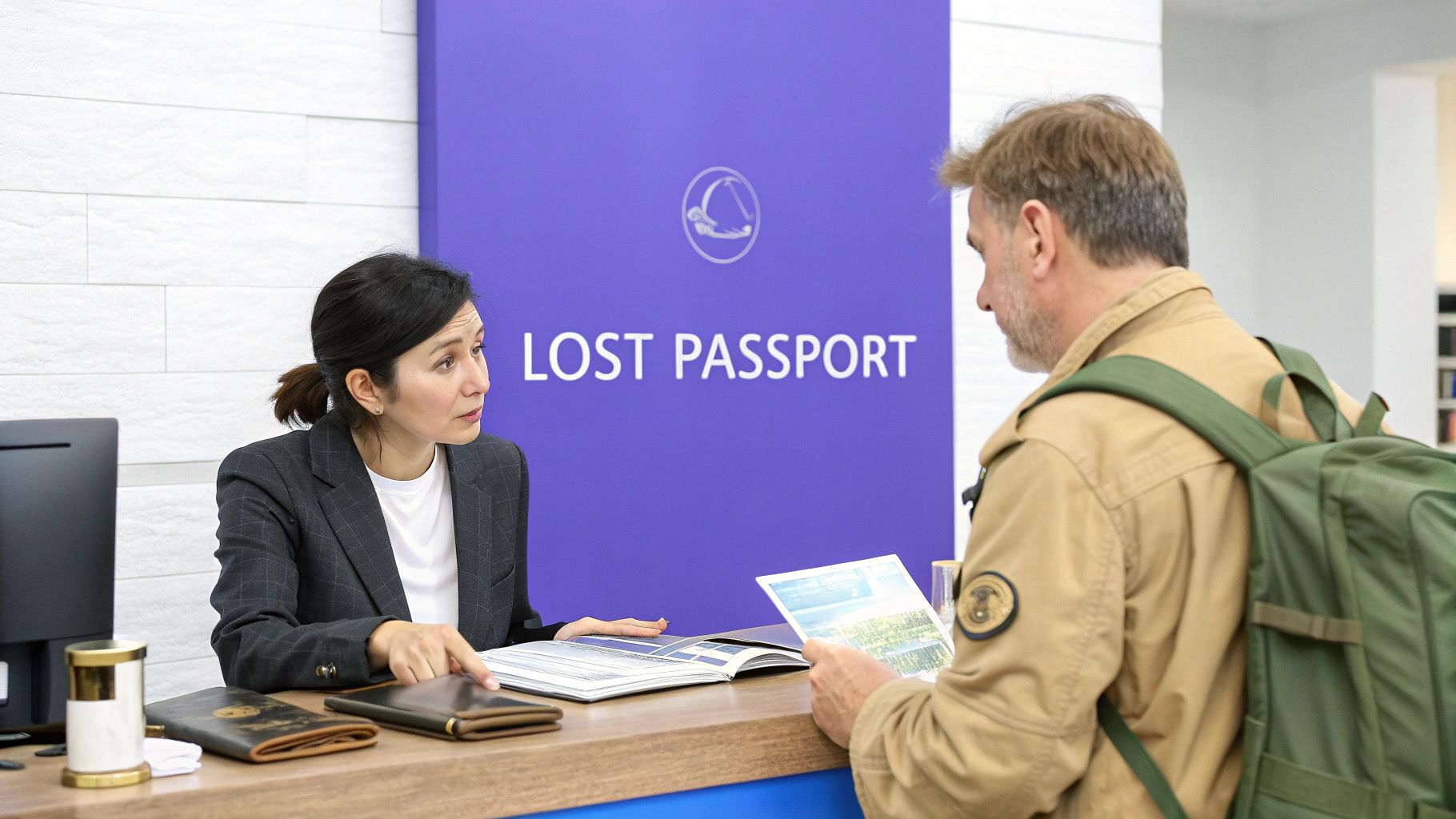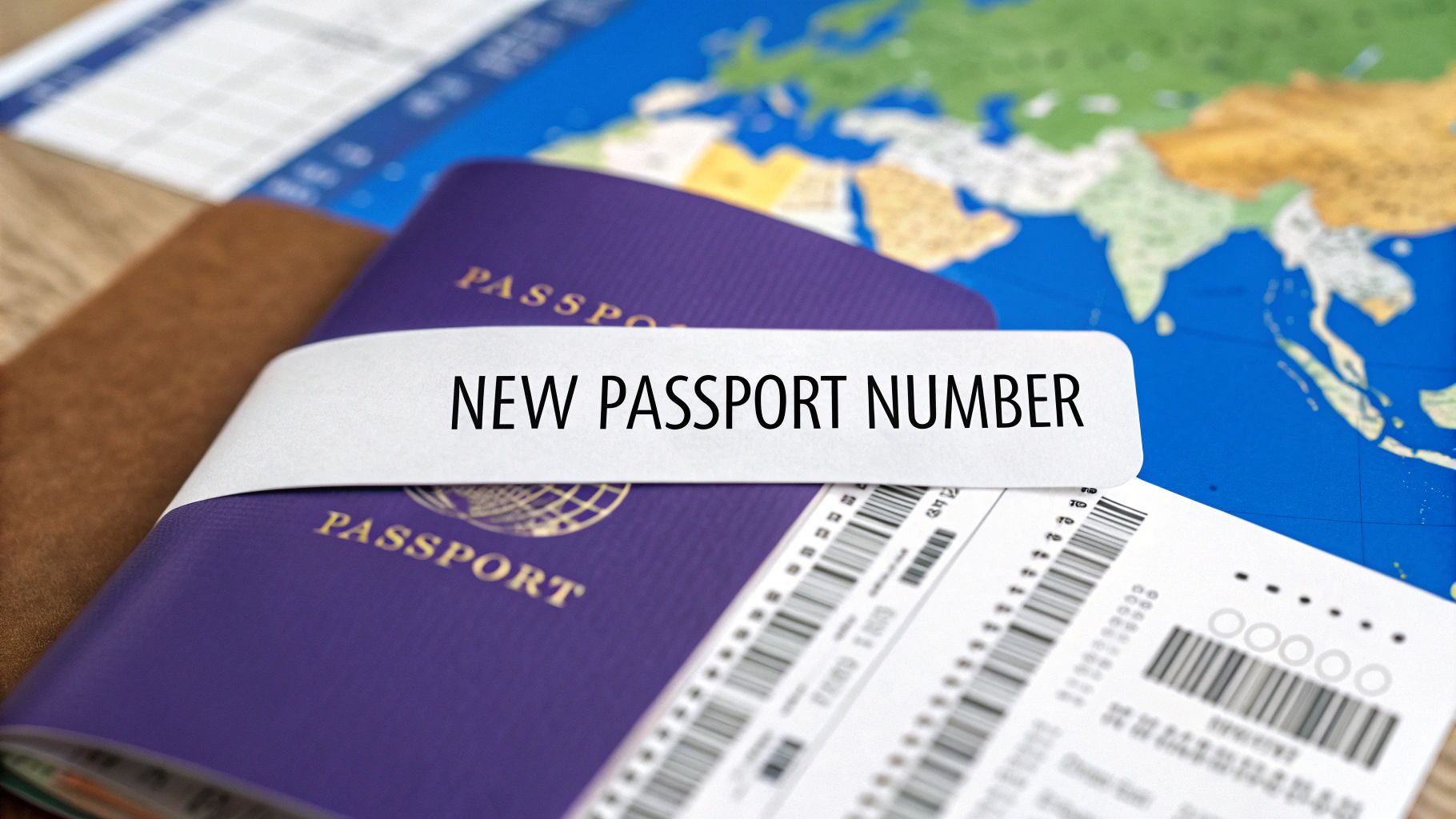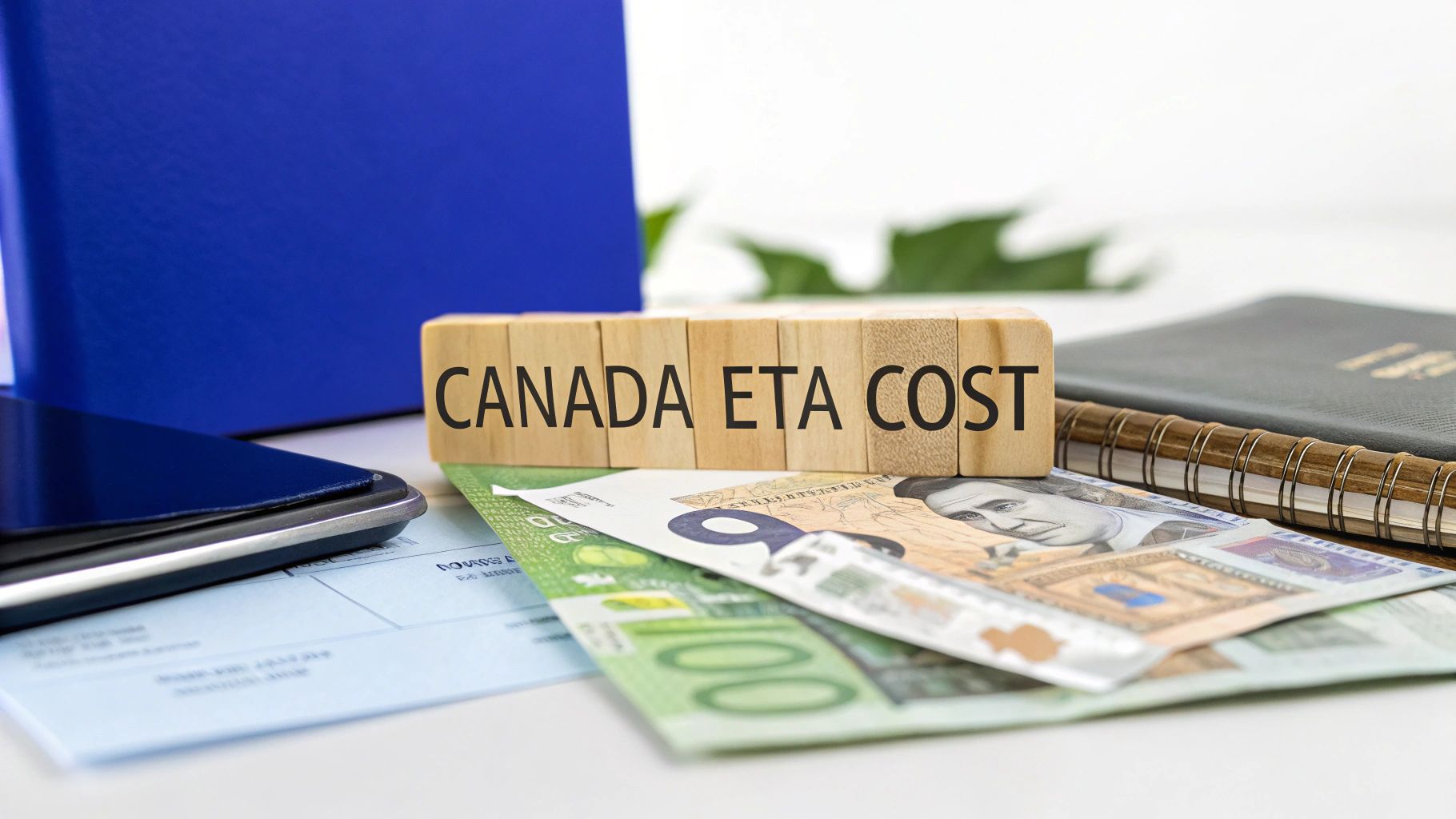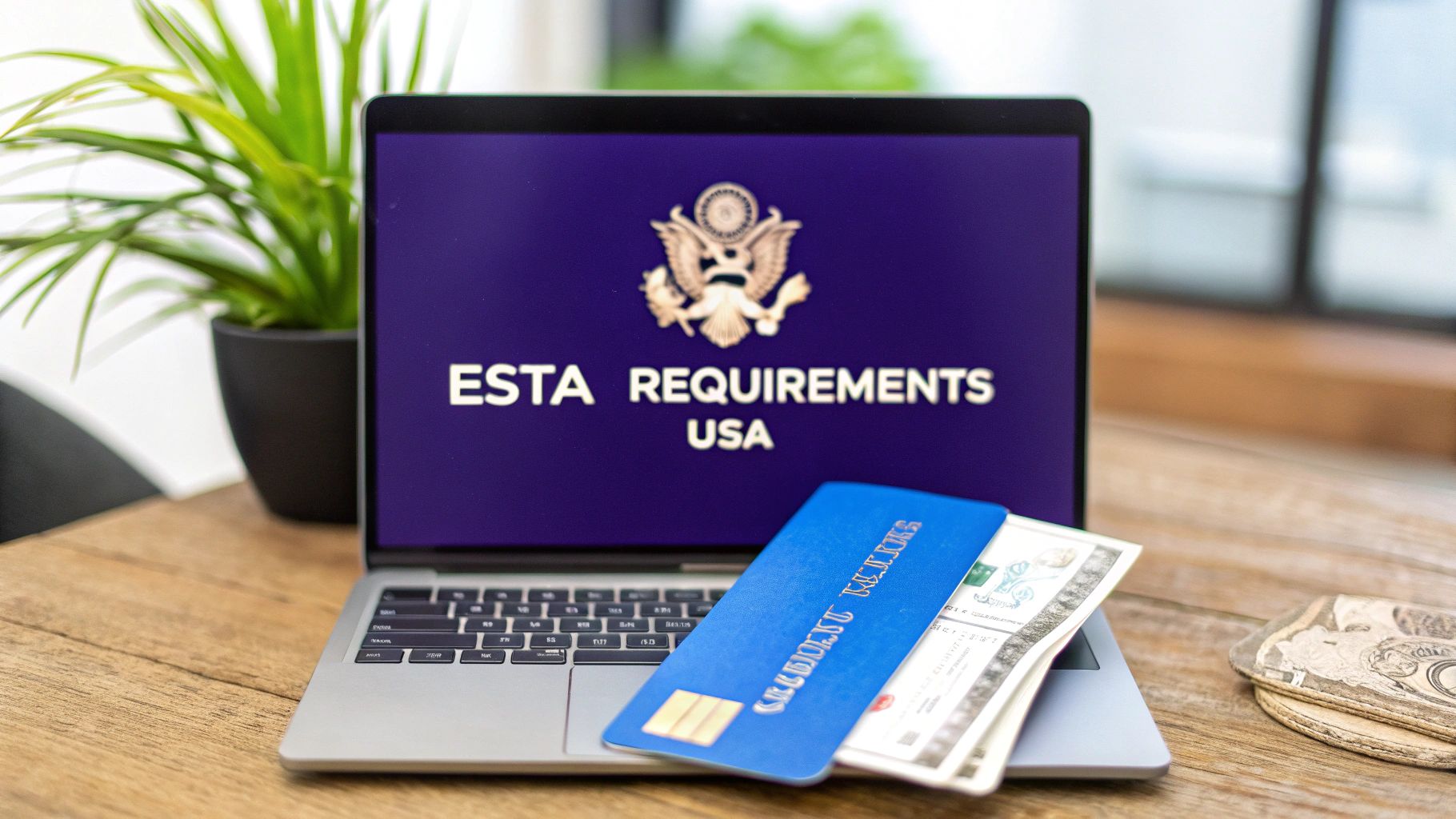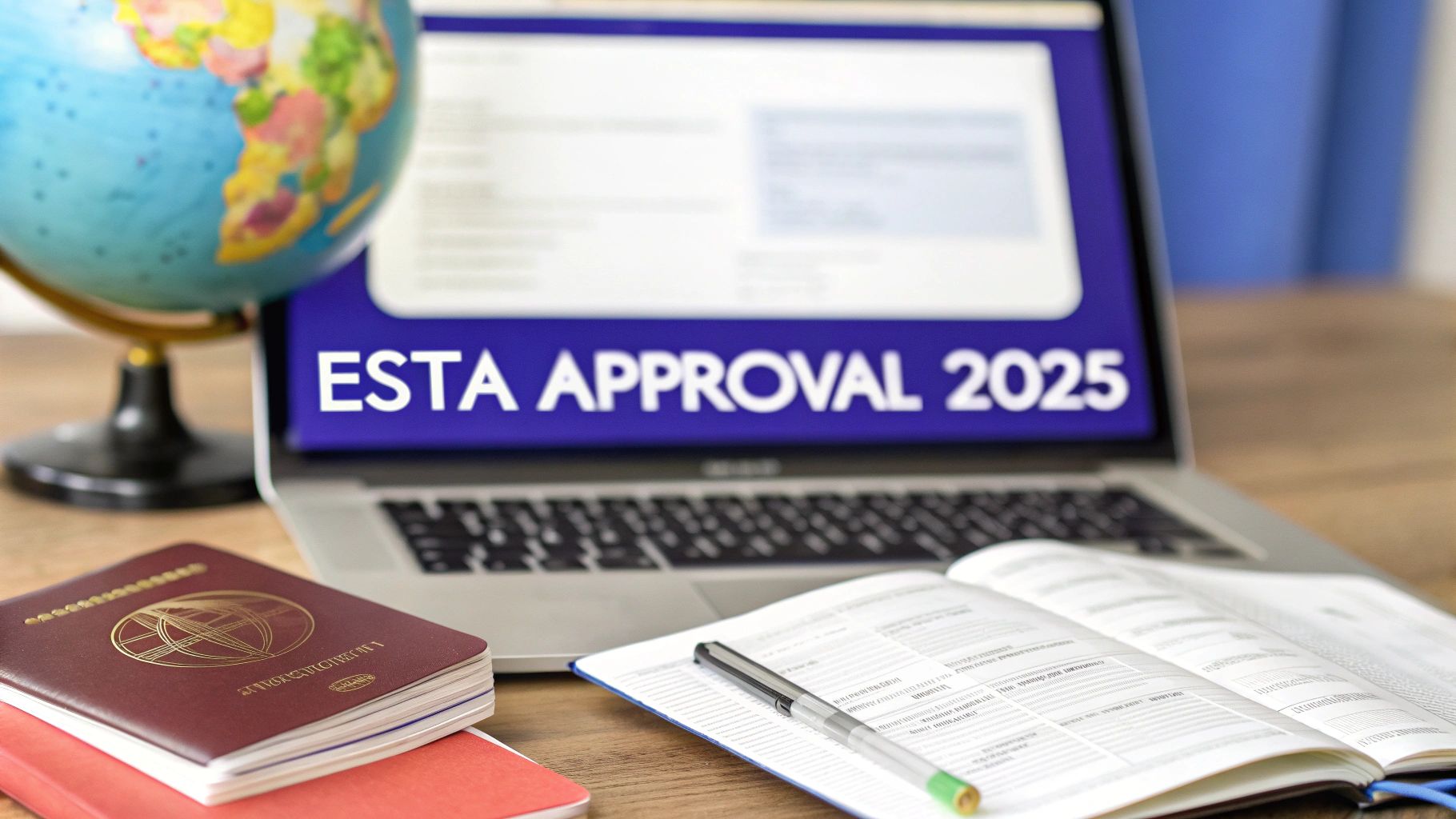
Who Needs a Visitor Visa to Canada? A Comprehensive Guide
Who Needs a Visitor Visa to Canada? A Comprehensive Guide
Canada is one of the most sought-after destinations for travelers worldwide. From its stunning natural landscapes to its vibrant cities, Canada offers something for everyone. However, before you pack your bags, it’s essential to determine whether you need a visitor visa to enter the country. In this comprehensive guide, we’ll answer the question, “Who needs a visitor visa to Canada?” and provide you with all the information you need to plan your trip seamlessly.
What is a Canadian Visitor Visa?
A Canadian visitor visa, also known as a Temporary Resident Visa (TRV), is an official document issued by the Government of Canada that allows foreign nationals to enter the country for a temporary stay. This visa is typically required for tourism, visiting family or friends, or attending business meetings.
The visitor visa is usually valid for up to six months, but the exact duration of your stay is determined by a border services officer when you arrive in Canada.
Who Needs a Visitor Visa to Canada?
Not everyone needs a visitor visa to enter Canada. The requirement depends on your nationality, the purpose of your visit, and the length of your stay. Here’s a breakdown of who needs a visitor visa and who doesn’t:
1. Citizens of Visa-Required Countries
If you’re a citizen of a country that is not exempt from visa requirements, you’ll need to apply for a visitor visa before traveling to Canada. The Government of Canada provides a list of visa-required countries on its official website. Some examples include:
- India
- China
- Philippines
- Nigeria
- Pakistan
- South Africa
If your country is on this list, you must apply for a visitor visa unless you qualify for an exemption.
2. Citizens of Visa-Exempt Countries
Citizens of certain countries do not need a visitor visa to enter Canada. However, they may need to obtain an Electronic Travel Authorization (eTA) before boarding their flight. The eTA is a quick and easy online process that allows visa-exempt travelers to enter Canada for short stays.
Some visa-exempt countries include:
- United States
- United Kingdom
- Australia
- France
- Germany
- Japan
Note: U.S. citizens do not need a visitor visa or an eTA to enter Canada but must carry proper identification, such as a passport.
3. Permanent Residents of the United States
If you’re a permanent resident of the United States (Green Card holder), you do not need a visitor visa to enter Canada. However, you must carry your Green Card and a valid passport from your country of citizenship.
4. Travelers with a Valid Canadian Visa or Status
If you already hold a valid Canadian visa (e.g., work permit, study permit) or have legal status in Canada, you do not need a visitor visa to re-enter the country. However, you must ensure your visa or status is still valid at the time of your return.
5. Transit Passengers
If you’re transiting through Canada on your way to another country, you may need a transit visa unless you’re from a visa-exempt country or qualify for the Transit Without Visa (TWOV) program.
How to Apply for a Canadian Visitor Visa
If you determine that you need a visitor visa to enter Canada, follow these steps to apply:
1. Check Your Eligibility
Before applying, ensure you meet the eligibility criteria for a visitor visa. You must:
- Have a valid passport
- Be in good health
- Have no criminal or immigration-related convictions
- Prove you have ties to your home country (e.g., job, family, property)
- Show that you intend to leave Canada at the end of your visit
2. Gather Required Documents
The documents you need to apply for a visitor visa include:
- Completed application form
- Valid passport
- Two recent passport-sized photos
- Proof of financial support (e.g., bank statements, pay stubs)
- Travel itinerary
- Letter of invitation (if applicable)
- Proof of ties to your home country
3. Pay the Application Fee
You may also need to pay additional fees for biometrics, depending on your nationality.
4. Submit Your Application
You can apply online through the Government of Canada’s official website or submit a paper application to a Visa Application Centre (VAC) in your country.
5. Wait for Processing
Processing times for visitor visas vary depending on your country of residence. You can check the current processing times on the Government of Canada’s website.
6. Provide Biometrics (If Required)
If you’re between the ages of 14 and 79, you may need to provide biometrics (fingerprints and photo) as part of your application.
7. Receive Your Visa
If your application is approved, you’ll receive your visitor visa, which will be stamped in your passport. Make sure to check the details on the visa to ensure they’re correct.
Tips for a Successful Visitor Visa Application
To increase your chances of approval, follow these tips:
- Apply well in advance of your planned travel date.
- Provide complete and accurate information.
- Include all required documents.
- Demonstrate strong ties to your home country.
- Write a clear and concise purpose of visit letter.
Frequently Asked Questions (FAQs)
1. Can I extend my stay in Canada on a visitor visa?
Yes, you can apply to extend your stay as a visitor. You must submit your application before your current status expires.
2. Can I work or study on a visitor visa?
No, a visitor visa does not allow you to work or study in Canada. You’ll need to apply for a work permit or study permit if you plan to engage in these activities.
3. How long does it take to process a visitor visa?
Processing times vary depending on your country of residence. It can take anywhere from a few weeks to several months.
4. Can I visit Canada while my visitor visa application is being processed?
No, you must wait for a decision on your application before traveling to Canada.
5. What is the difference between a visitor visa and an eTA?
A visitor visa is a physical document stamped in your passport, while an eTA is an electronic authorization linked to your passport. Both allow you to enter Canada, but the requirement depends on your nationality.
Conclusion
Understanding who needs a visitor visa to Canada is the first step in planning your trip. Whether you’re from a visa-required country or qualify for an exemption, it’s essential to ensure you have the correct documentation before traveling.
By following the steps outlined in this guide, you can navigate the visa application process with ease and focus on enjoying your time in Canada. Remember to apply early, gather all required documents, and demonstrate your intent to return to your home country.
If you found this guide helpful, share it with others who may be planning a trip to Canada. For more travel tips and visa information, explore our blog or contact us directly. Safe travels!
